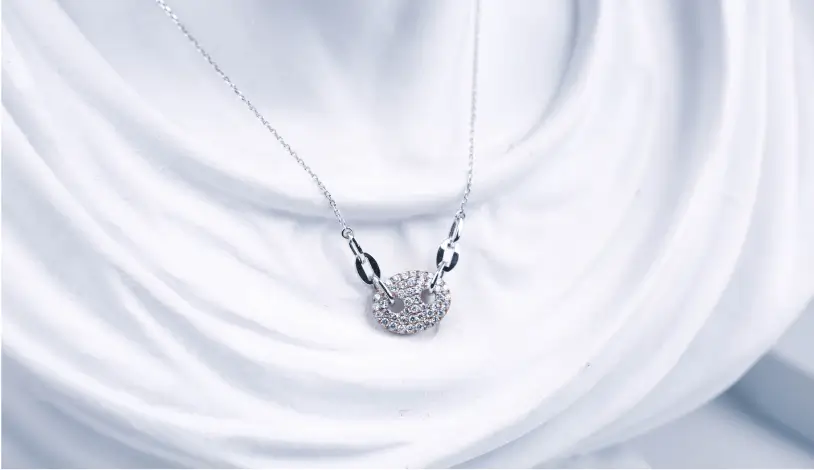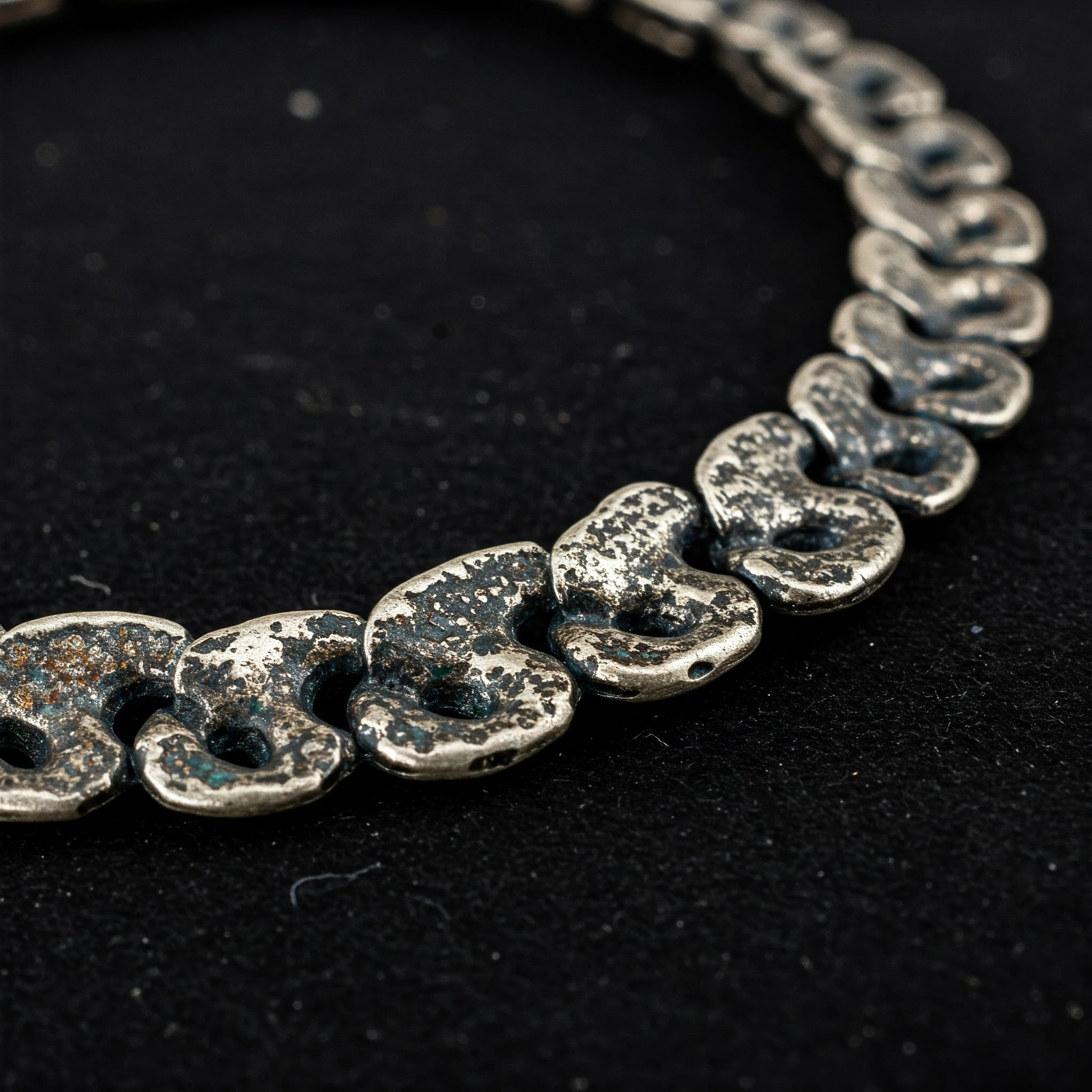How to Care for Your Silver Jewelry: Cleaning and Maintenance Tips

Silver jewelry is a timeless addition to any collection. Its lustrous shine and elegant appearance make it a popular choice for pieces ranging from everyday wear to special occasions. However, without proper care, silver can lose its luster, tarnish, or even suffer from scratches and dents. Whether you’re wearing sterling silver rings, necklaces, bracelets, or earrings, learning how to care for your silver jewelry can ensure that it maintains its beauty for years to come. This guide provides essential tips on cleaning, maintaining, and protecting your silver jewelry, so you can keep it looking as beautiful as the day you bought it.
Key Takeaways
- Tarnishing occurs when silver reacts with sulfur or oxygen in the air, leading to a dull appearance. Proper care can prevent or reduce tarnish.
- Regular cleaning using mild methods such as a silver cloth or warm soapy water can restore shine and remove dirt and oils.
- Storage plays a vital role in preventing damage to silver jewelry. Storing pieces in anti-tarnish pouches or boxes can help reduce exposure to air and moisture.
- Avoiding harsh chemicals and ensuring that jewelry is the last thing put on and the first thing taken off each day can help protect it.
- Professional cleaning or occasional polishing can help restore silver jewelry to its original shine if regular cleaning methods are not enough.
Understanding Tarnish: What Happens to Silver Over Time?
Silver tarnish is a natural process that occurs when silver reacts with sulfur and oxygen in the air. This chemical reaction forms a layer of silver sulfide on the surface of the jewelry, which can make the piece appear dull and discolored. Tarnish is particularly common for sterling silver, which contains 92.5% pure silver and 7.5% of other metals, typically copper.
The good news is that tarnish is not permanent, and with the right care, you can keep it at bay or easily remove it. A study by the Silver Institute revealed that sterling silver remains one of the most widely used metals in the world, accounting for 25% of global silver demand. Its popularity ensures that proper care remains a key topic for silver enthusiasts and owners alike.
Why Does Silver Tarnish?
Several factors contribute to silver tarnishing, including:
- Exposure to Air and Moisture: Silver reacts with sulfur present in the air, and humidity accelerates the tarnishing process.
- Contact with Skin: Natural oils and sweat can lead to tarnishing, especially when jewelry is worn continuously without cleaning.
- Chemicals: Harsh chemicals, lotions, perfumes, or cleaning agents can react with silver and cause tarnishing or damage.
- Environmental Pollutants: Airborne pollutants such as sulfur dioxide from car exhaust or industrial emissions can speed up the tarnishing process.
Knowing the causes of tarnish is the first step in taking preventative measures to protect your silver jewelry.
Tips for Cleaning Silver Jewelry at Home
Proper cleaning is essential to restore your jewelry’s original shine and keep it looking pristine. Here are some practical and safe cleaning methods that will help you maintain your silver jewelry.
1. Using a Silver Polishing Cloth
One of the easiest and safest ways to clean your silver jewelry is by using a silver polishing cloth. These cloths are specially designed with a cleaning solution embedded in them to safely remove tarnish and restore shine. Simply rub the cloth gently on the jewelry’s surface to buff away any tarnish.
For best results:
- Use the cloth regularly to prevent tarnish buildup.
- Keep the cloth away from water to preserve its cleaning properties.
- Apply gentle pressure, especially on delicate or intricate designs.
Silver polishing cloths are widely available, and many reputable brands such as Town Talk or Goddard’s offer high-quality products specifically designed for silver jewelry.
2. Soapy Water Method
For general cleaning and maintenance, you can soak your silver jewelry in warm, soapy water. Mild dish soap mixed with warm water works well to dissolve dirt, oils, and other contaminants that can accumulate on silver.
To clean:
- Prepare a bowl of warm water with a few drops of mild dish soap.
- Soak your silver jewelry for 5-10 minutes.
- Gently scrub with a soft toothbrush or cloth to remove dirt from intricate designs or hard-to-reach areas.
- Rinse with clean water and dry thoroughly with a soft cloth.
Avoid using harsh soaps or chemicals that may contain abrasives or acidic substances, as these can scratch or damage your jewelry.
3. Baking Soda and Water Paste
If your silver jewelry has significant tarnish, you can make a baking soda paste to help lift it. This method is effective for heavily tarnished pieces but should be used with caution on delicate designs.
To clean:
- Mix baking soda with a small amount of water to form a paste.
- Apply the paste to your silver jewelry using a soft cloth or sponge.
- Gently rub the tarnished areas, focusing on spots that are most affected.
- Rinse with warm water and dry with a soft cloth.
Be cautious when using this method on jewelry with gemstones or other delicate elements, as the paste may scratch or discolor them.
4. Vinegar and Baking Soda Soak
For stubborn tarnish, a vinegar and baking soda solution can be particularly effective. The combination of these two ingredients creates a reaction that helps to break down tarnish.
To clean:
- Fill a bowl with half a cup of white vinegar and add 2 tablespoons of baking soda.
- Stir the mixture and drop your jewelry into the solution.
- Let it soak for about 2-3 hours, then rinse thoroughly with water.
- Dry with a soft cloth to avoid any water spots.
Use this method sparingly, as the acidity of vinegar can potentially harm softer metals or certain gemstones.
Tips for Maintaining Silver Jewelry
While regular cleaning is crucial, maintenance is equally important to preserve the beauty of your silver jewelry and prevent damage. Here are some top tips to maintain your silver jewelry’s quality over time.
1. Store Silver Jewelry Properly
The way you store your silver jewelry can significantly affect how well it holds up over time. To minimize tarnishing, keep your jewelry in a cool, dry place away from moisture and air. You can store silver pieces in anti-tarnish pouches or tarnish-resistant cloth bags, which help shield them from exposure to harmful elements.
- Avoid storing silver jewelry in open containers or jewelry boxes with cotton or felt linings, as they can contain sulfur compounds that accelerate tarnishing.
- Store pieces separately to prevent scratching, as silver can be easily scratched when it comes into contact with harder metals.
2. Avoid Wearing Jewelry During Activities
While silver is a durable metal, it is susceptible to scratches and damage from physical activities or exposure to chemicals. To maintain the appearance of your silver jewelry, remove it during the following activities:
- Exercising or doing chores, as sweat and grime can cause tarnish.
- Swimming in chlorinated or saltwater pools, as chlorine can discolor or weaken silver.
- Applying lotions or perfumes, as chemicals can react with silver and lead to tarnishing.
3. Wear Your Jewelry Regularly
Interestingly, wearing your silver jewelry often can help to prevent tarnish. Silver reacts with sulfur in the air, so the more it’s worn, the less time it spends exposed to the elements, which can slow the tarnishing process.
4. Get Professional Cleaning
For pieces that require a deeper clean or restoration, consider taking your silver jewelry to a professional jeweler. They have specialized tools and techniques, such as ultrasonic cleaning, that can thoroughly clean jewelry without damaging it. A professional clean is particularly beneficial for items with intricate designs or embedded stones.
FAQs on Caring for Silver Jewelry
1. How do I prevent tarnish on my silver jewelry?
To prevent tarnish, store your silver jewelry in anti-tarnish pouches, avoid exposing it to chemicals and moisture, and clean it regularly using a soft cloth or mild soapy water.
2. Can I clean my silver jewelry with toothpaste?
While toothpaste can be used in an emergency to clean silver, it contains abrasives that may scratch the surface over time. It’s better to use a proper silver polish or mild soap.
3. How often should I clean my silver jewelry?
It depends on how frequently you wear it. For pieces worn daily, clean them once every few weeks. For less frequently worn jewelry, a cleaning every couple of months should suffice.
4. Can silver jewelry be repaired if it’s damaged?
Yes, silver jewelry can be repaired by a professional jeweler. They can address issues like bent or broken chains, missing stones, or damaged clasps.
5. Does silver tarnish more quickly if I wear it every day?
No, wearing silver jewelry often can actually help reduce tarnish by limiting its exposure to air and moisture. However, make sure to clean and care for it regularly.
Also Check:
How to Find the Perfect Silver Ring for Your Finger Shape
Related Blog
Silver jewellery and household items have long been prized for their beauty, elegance, and value.
Jewelry has always been a prominent way for individuals to express themselves, with rings being
Silver has been revered for centuries due to its beauty, durability, and versatility. Among the



